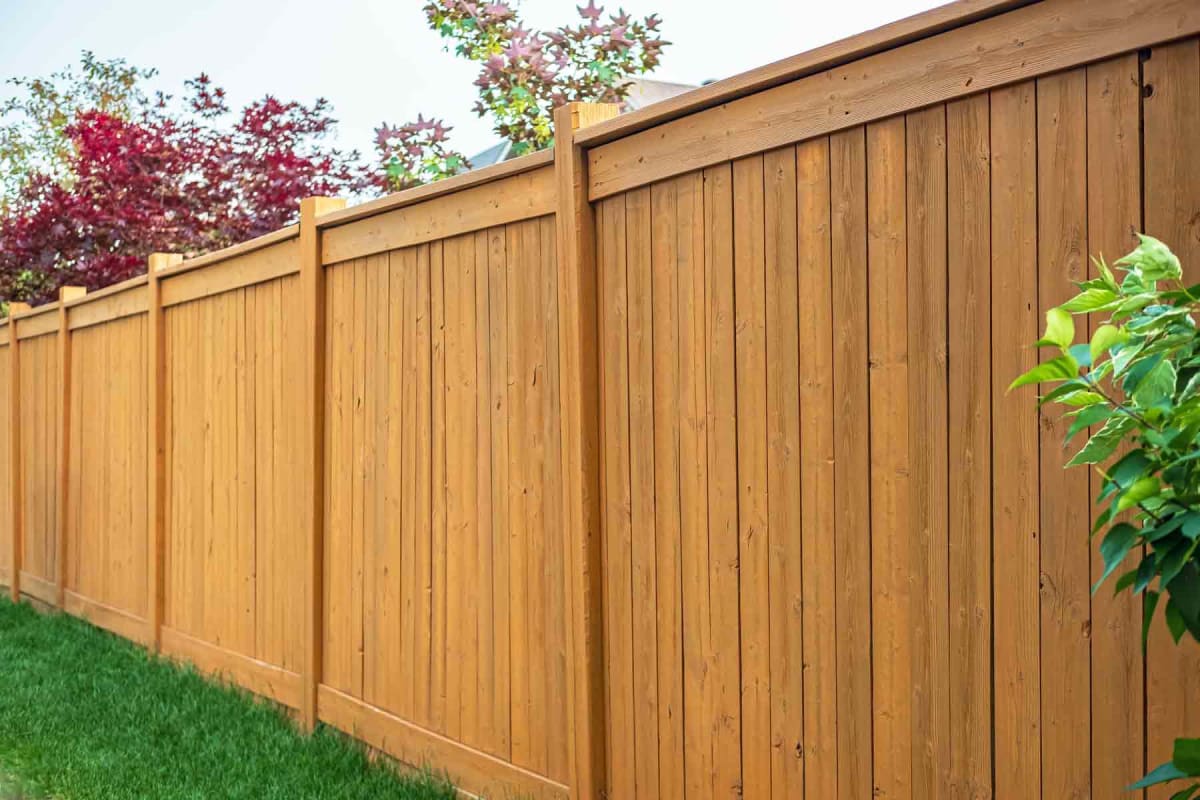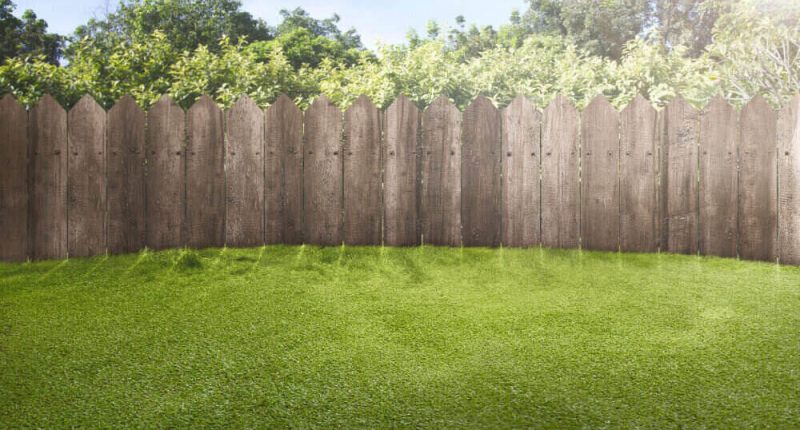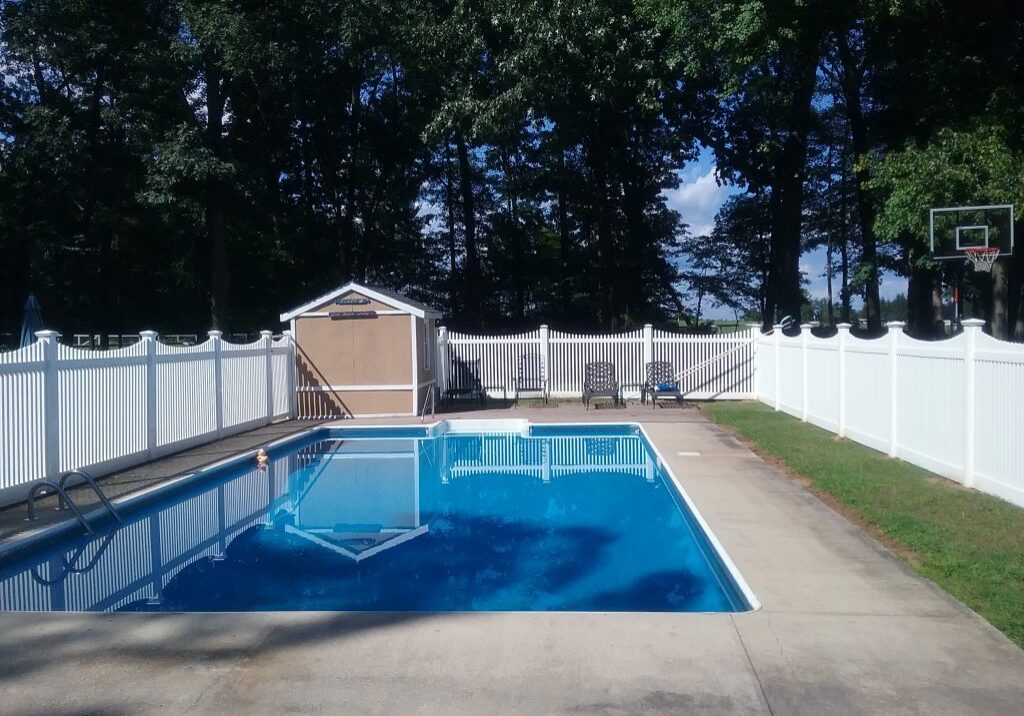All Categories
Featured

When setting up a fence, selecting the best material is crucial to balancing capability, appearances, and budget plan. Wood, vinyl, and light weight aluminum are amongst one of the most generally selected fence materials, each with its downsides and strengths. This overview discovers the advantages and disadvantages of these choices to aid you make an informed choice.

Timber Secure Fencing. Pros:. All-natural Appeal: Wood's classic appeal can boost any type of residential property with its warm and classic look. Adjustable: You can repaint, discolor, or sculpt timber to fit your style preferences. Cost effective: Wood fence is originally a lot more economical contrasted to some other materials. Eco-friendly: As a renewable energy, wood is naturally degradable and commonly considered environment-friendly. Disadvantages:. Maintenance-Intensive: Normal sealing, paint, or discoloration is required to stop damages from weather and insects. Prone to Degeneration: Without correct care, timber can rot, warp, or crack over time. Much shorter Life-span: Generally, wood fences last 10-15 years, depending upon the kind of wood and maintenance. Wood is a terrific option for those that value appearances and are willing to buy regular maintenance to maintain its appearance and sturdiness.
Vinyl Secure Fencing. Pros:. Low Upkeep: Plastic requires very little treatment-- simply occasional cleansing with soap and water. Climate Resistant: It doesn't warp, rot, or catch insect damage, making it very sturdy in various environments. Long life: Plastic fencings can last 20-30 years with little to no repair services. Design Range: Available in a vast array of shades, textures, and styles, including wood-like looks. Disadvantages:. Greater First Price: Plastic fencings are a lot more pricey ahead of time compared to wood. Vulnerability to Cold: In incredibly cold weather condition, vinyl can come to be susceptible and brittle to splitting. Minimal Repair Service Options: Matching substitute panels can be testing if damage occurs. Plastic secure fencing is ideal for property owners trying to find a resilient, low-maintenance solution that supplies modern flexibility.

Aluminum Secure Fencing. Pros:. Rust-Proof: Light weight aluminum withstands rust, making it an exceptional choice for damp or wet atmospheres. Resilient: Despite being lightweight, light weight aluminum is strong and can stand up to harsh weather. Low Maintenance: It requires very little maintenance, normally only periodic cleansing. Long Lifespan: Light weight aluminum fencings can last years without considerable deterioration. Sophisticated Style: Often made use of for decorative objectives, light weight aluminum secure fencing adds a streamlined, advanced want to buildings. Disadvantages:. High Initial Financial investment: Aluminum fencings are among the pricier choices on the market. Much less Personal privacy: The open styles typical with light weight aluminum secure fencing don't supply much privacy. At risk to Damages: While long lasting, aluminum can dent if hit with adequate pressure. Light weight aluminum is an excellent choice for property owners prioritizing aesthetic appeals and durability without needing much maintenance.
Making Your Choice. When determining in between timber, light weight aluminum, or vinyl fencing, consider your concerns:
Wood suits those who value an all-natural look and do not mind placing in maintenance initiative. Plastic is the most effective choice for those seeking a low-maintenance, weather-resistant service. Aluminum uses streamlined style and long-lasting sturdiness however might lack privacy. By meticulously assessing these products' attributes, you can pick a fencing that complements your building while fulfilling your aesthetic and useful requirements.
Latest Posts
Very Little Initiative, Maximum Shine: The Bath Fitter Benefit
Published May 11, 25
1 min read
Experience The other day's Pub: Where Flavor Meets Tradition
Published May 11, 25
1 min read
Need Comprehensive Vehicle Service Locally? Car-X St. Louis Is Your Solution
Published May 11, 25
1 min read
More
Latest Posts
Very Little Initiative, Maximum Shine: The Bath Fitter Benefit
Published May 11, 25
1 min read
Experience The other day's Pub: Where Flavor Meets Tradition
Published May 11, 25
1 min read
Need Comprehensive Vehicle Service Locally? Car-X St. Louis Is Your Solution
Published May 11, 25
1 min read